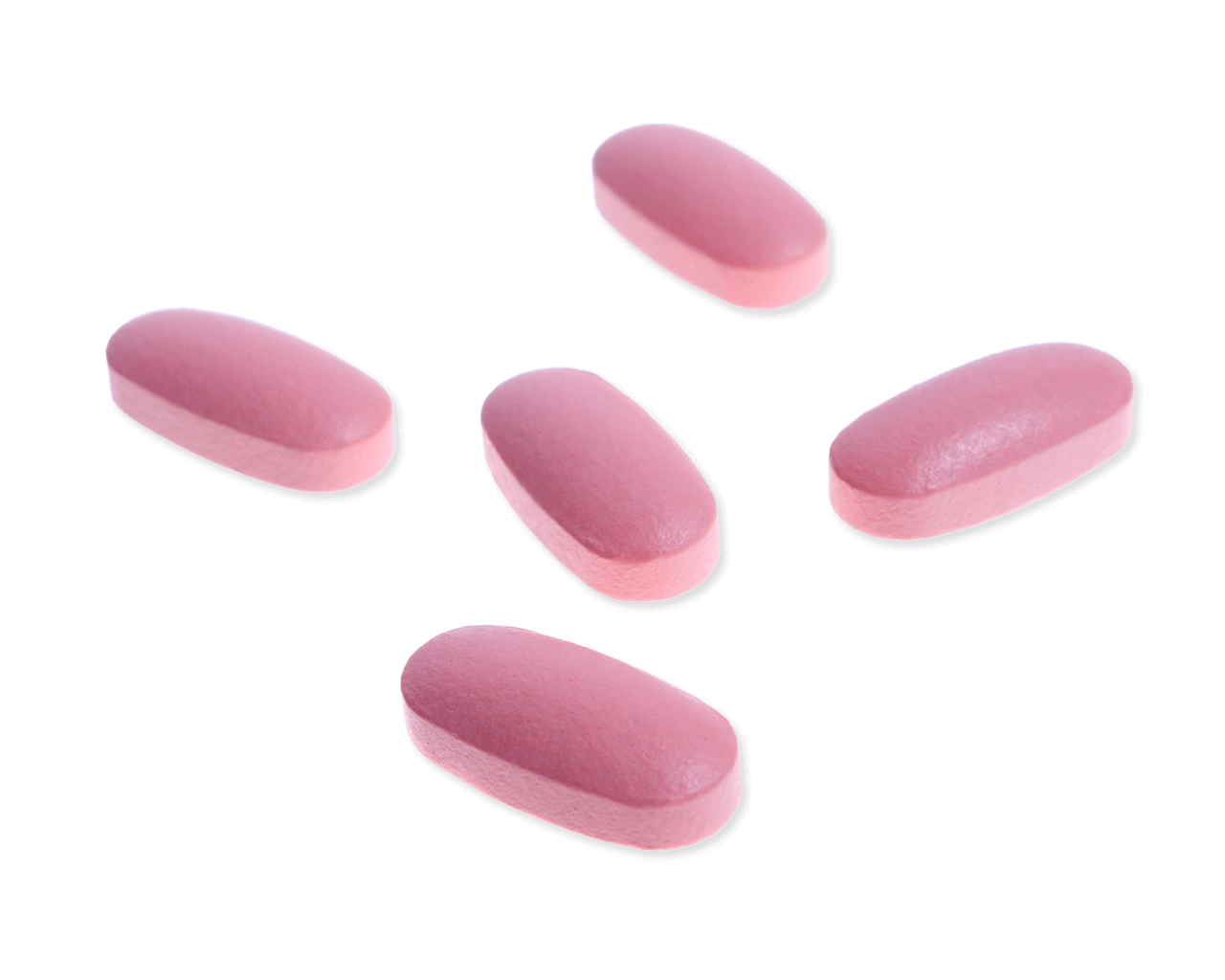Titanium Dioxide-Free Food Coating Market Innovation Rising Amid Health Concerns and Ingredient Bans

In recent years, the food industry has witnessed a significant shift toward clean-label and health-conscious ingredients. One such shift has emerged in response to growing scrutiny around titanium dioxide (TiO₂), a common food additive traditionally used for whitening and opacity in food coatings. Amid health concerns and tightening regulations, manufacturers are rapidly exploring titanium dioxide-free alternatives, leading to the growth of the titanium dioxide-free food coating market.
Regulatory Push Driving Market Momentum
The primary catalyst for the rise of titanium dioxide-free coatings has been regulatory action. In 2022, the European Food Safety Authority (EFSA) ruled that titanium dioxide could no longer be considered safe as a food additive, citing its potential genotoxic effects. This led to a ban on its use in food across the European Union. While other regions, such as the United States and Canada, have not yet imposed similar bans, the regulatory precedent has pushed global food manufacturers to reevaluate their formulations.
Moreover, growing public awareness around food ingredients has put additional pressure on companies to adopt safer, more transparent practices. Consumers are increasingly reading labels and avoiding additives perceived as synthetic or potentially harmful, even if not explicitly banned.
Clean-Label Movement and Consumer Demand
The titanium dioxide-free movement is deeply rooted in the broader clean-label trend. Shoppers today are favoring foods with fewer and more recognizable ingredients. Titanium dioxide, often listed as E171, doesn’t align with this preference, especially when paired with rising concerns over synthetic additives in general.
As a result, companies are turning to natural alternatives for food coating applications that can replicate the whitening, opacity, and glossiness of titanium dioxide. These include ingredients such as rice starch, calcium carbonate, and various plant-based extracts that offer similar functionality without raising health concerns.
Innovation in Natural Coating Solutions
To meet the demand for titanium dioxide-free options, R&D departments across the food industry are working on innovative coating solutions. The challenge lies in achieving the same visual and protective effects as titanium dioxide while maintaining stability, shelf life, and cost-efficiency.
For instance, rice starch has emerged as a popular alternative due to its natural origin and ability to provide a similar white appearance. Calcium carbonate is another frequently used substitute, valued for its opacity and safety profile. Meanwhile, microencapsulation and new emulsification techniques are being developed to ensure these natural alternatives perform well under various processing and storage conditions.
Some companies are even partnering with biotech startups to engineer novel coating materials that are both sustainable and effective. This collaboration between food tech and traditional food manufacturing is helping to push the boundaries of what's possible in natural food coatings.
Market Segmentation and Key Applications
The titanium dioxide-free food coating market spans several key product categories, including confectionery, bakery goods, chewing gum, supplements, and snack products. Among these, confectionery holds the largest share due to the historical reliance on bright, glossy finishes that previously depended heavily on titanium dioxide.
Supplements and pharmaceuticals are another growth area, especially as many tablets and capsules used to rely on titanium dioxide for coloring and protection. With increasing demand for plant-based and clean-label supplements, manufacturers are seeking non-TiO₂ coatings that maintain product integrity while meeting consumer expectations.
Geographically, Europe leads the market, driven by regulatory enforcement and proactive consumer behavior. North America follows, though the pace of adoption varies due to differing regulatory landscapes. However, many U.S. companies are choosing to reformulate in anticipation of potential bans and in response to consumer demands for safer ingredients.
Challenges and Future Outlook
Despite strong growth drivers, the titanium dioxide-free coating market faces several challenges. The most pressing include higher costs of natural alternatives, technical hurdles in replicating TiO₂'s performance, and supply chain constraints for specialty ingredients.
Nevertheless, the future outlook remains positive. As technologies improve and economies of scale are achieved, costs are expected to decrease. Additionally, the broader shift toward sustainability and transparency in the food industry will likely accelerate the adoption of titanium dioxide-free coatings.
Manufacturers that invest early in reformulating their products with safe and natural alternatives will be better positioned to gain consumer trust and meet regulatory compliance. This market is no longer a niche—it's becoming the new standard.
Conclusion
The titanium dioxide-free food coating market is poised for significant growth as health concerns, regulations, and consumer preferences converge to reshape ingredient choices across the food industry. Driven by innovation and a commitment to clean-label practices, this market is transforming what food coatings look like—literally and figuratively—ushering in a new era of safer, more transparent food products.
- Art
- Causes
- Crafts
- Dance
- Drinks
- Film
- Fitness
- Food
- Jogos
- Gardening
- Health
- Início
- Literature
- Music
- Networking
- Outro
- Party
- Religion
- Shopping
- Sports
- Theater
- Wellness


